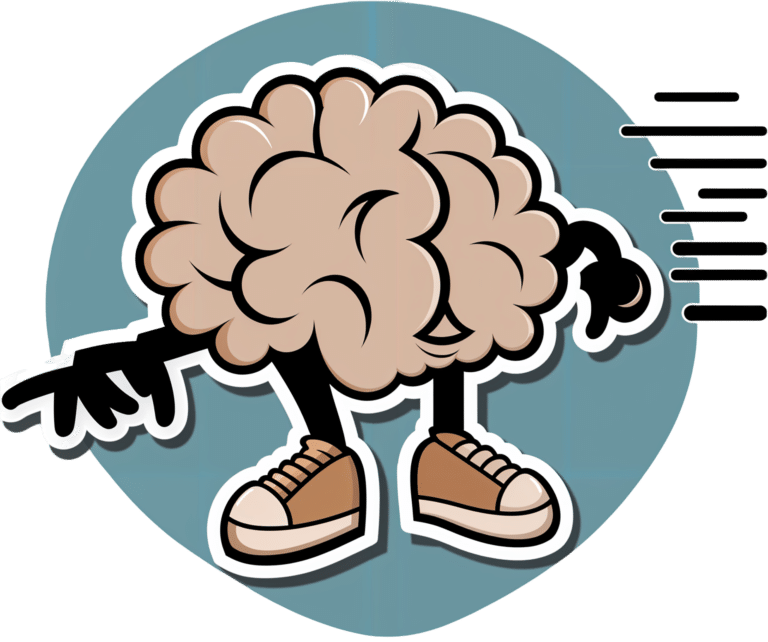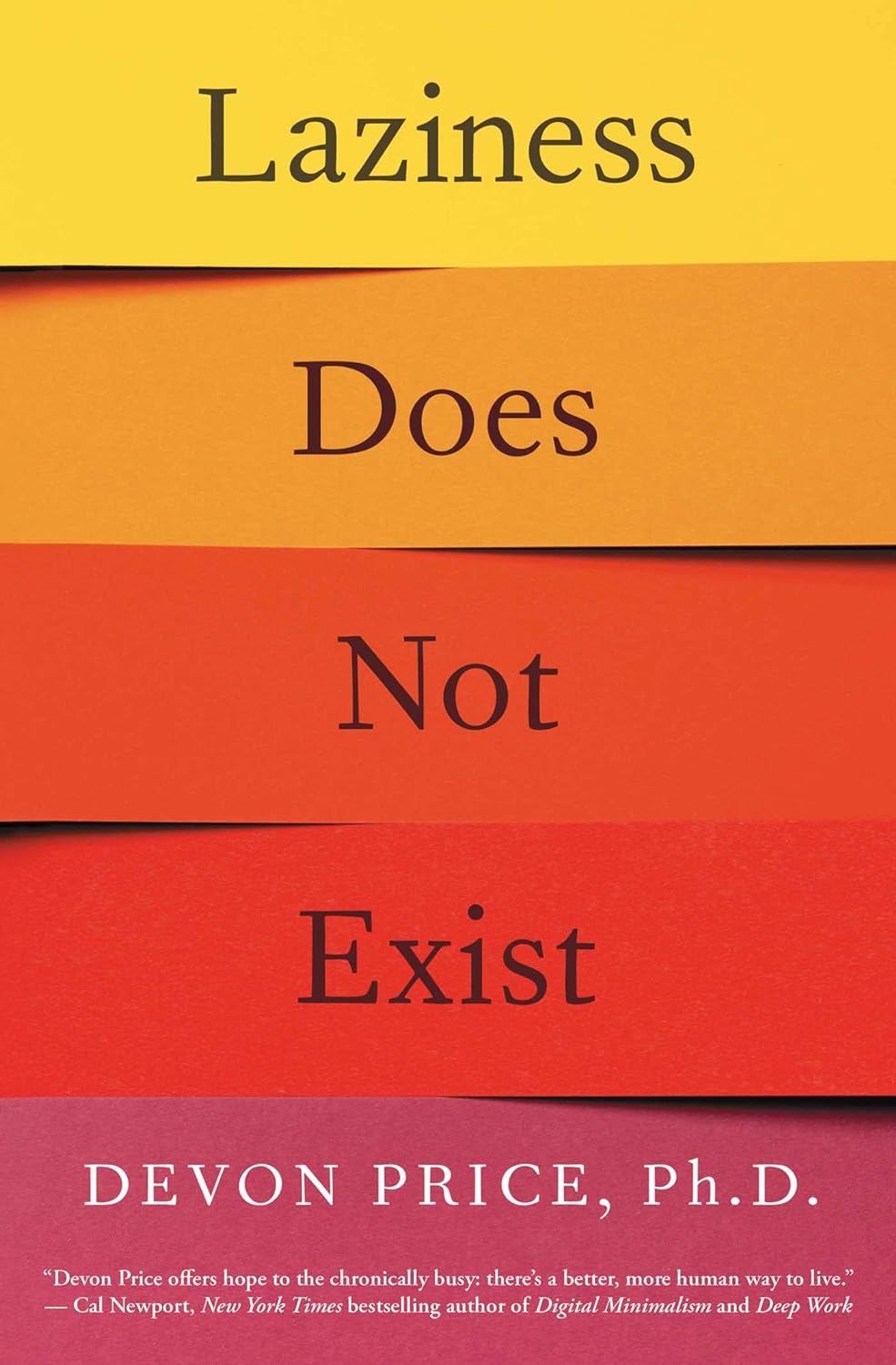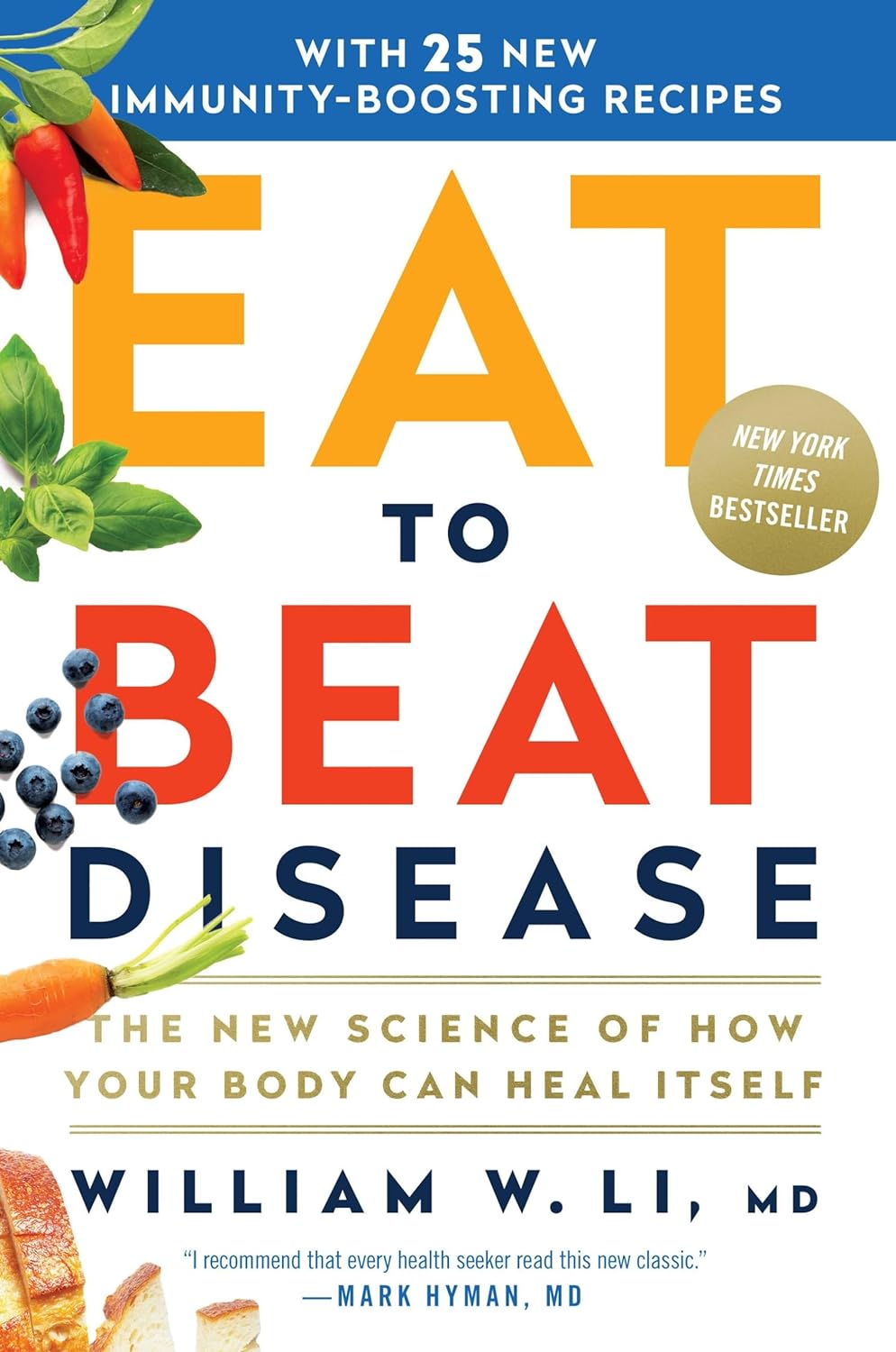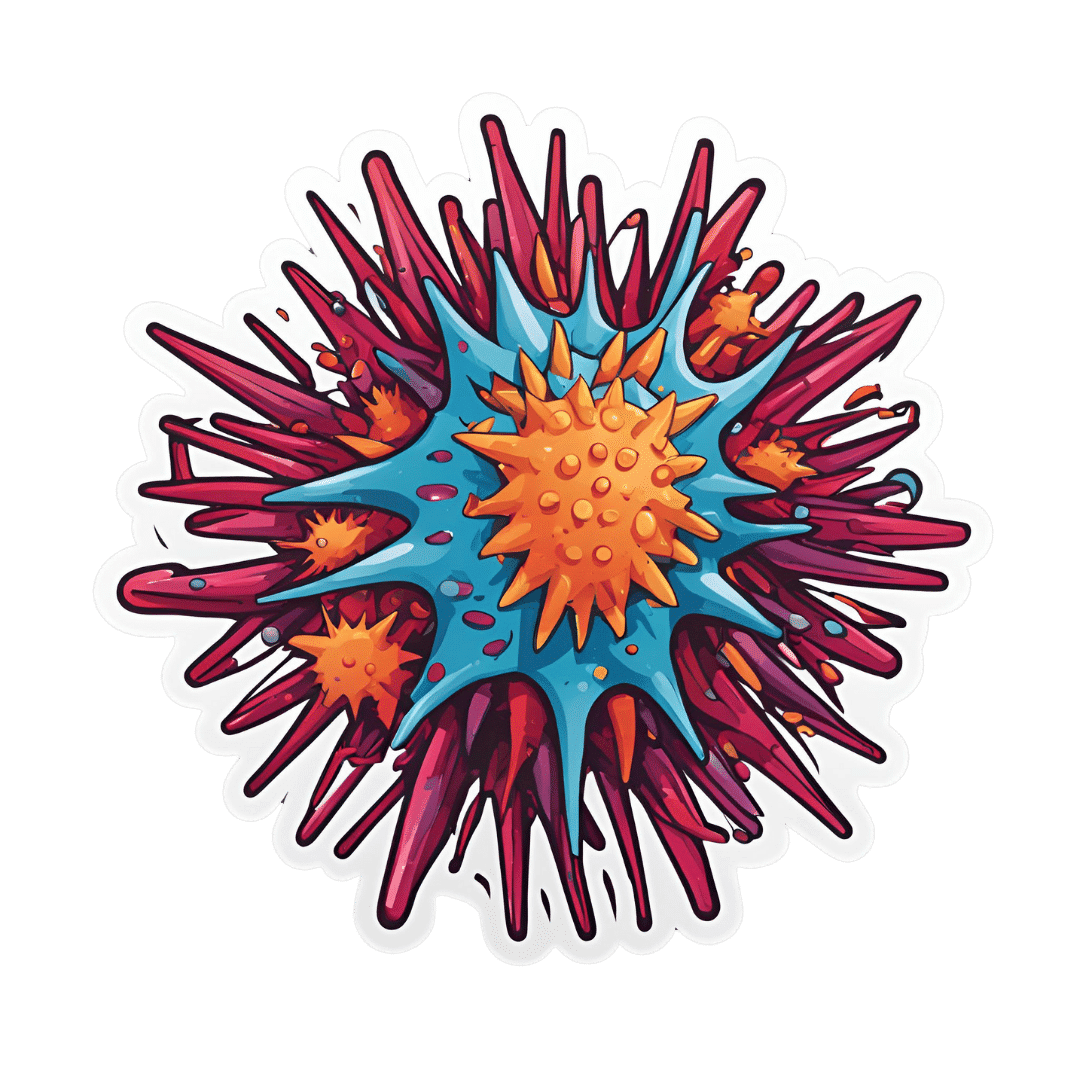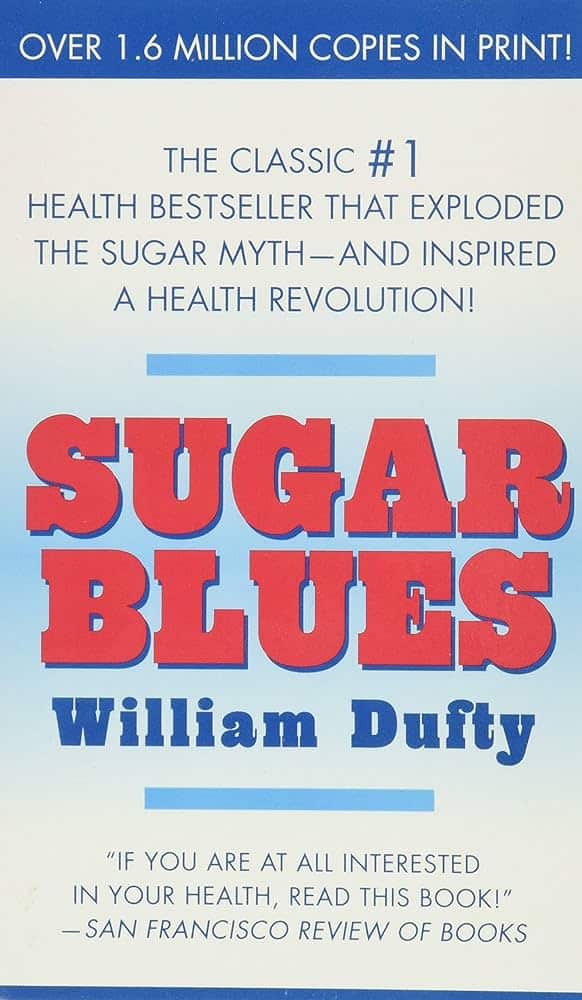
Get Ahead (Healthwise) This Winter
10almonds is reader-supported. We may, at no cost to you, receive a portion of sales if you purchase a product through a link in this article.
Tomorrow will be December the first.
A month later, it’ll be January the first, and very many people will be quite briefly making a concerted effort to get healthier.
So, let’s get a head start, so that we can hit January already in great health!
December’s traps to plan around
In North America at least, common calendar-specific health problems associated with December are:
- Infectious diseases (seasonal flu and similar unpleasantries)
- Inactivity (seasonal weather)
- Slower metabolism (seasonal eating and drinking, plus seasonal weather)
- Alcohol (seasonal drinking)
- Stress (seasonal burdens)
So, let’s plan around those!
But first, sleep
Nothing will go well if we are not well-rested. There are six dimensions of sleep, but the ones that matter the most are regularity and duration, so plan for those and the rest should fall into place:
Calculate (And Enjoy) The Perfect Night’s Sleep
Skip those viruses
If you’re doing the rest of what we advise, your immune system will probably be in good shape, unless you have some chronic disease that means you are immunocompromised, in which case the next things will be extra important:
- Avoid enclosed spaces with lots of people where possible
- Ventilation is your friend (as is air filtration)
- Masks don’t protect against everything, but they do protect against a lot
- Wash your hands more often than you think is necessary (invest in luxurious soap, to make it a more pleasant experience, then you’re more likely to do it often!)
- Breathe through your nose, not your mouth (nostril hairs attract floating particles by static charge, and then dispose of intruders via mucus)
See also: The Pathogens That Came In From The Cold
Plan your movement
But, realistically. Let’s face it, unless you already have such a habit, you’re not going to be hitting the gym at 6am every day, or be out pounding pavement.
The weather often makes us more reluctant to exercise, so if that sound like you, plan something low-key but sustainable that will set you in good stead ready for the new year. Here are two approaches; you can do both if you like, but picking at least one is a good idea:
- Commit to just a few minutes of high-intensity exercise each day. If you don’t have equipment, then bodyweight squats are a great option.
- Commit to gentle exercises each day—pick some stretches and mobility drills you like, and focus on getting supple for the new year.
See also: How To Keep On Keeping On, When Motivation Isn’t High ← this isn’t a motivational pep talk; it’s tricks and hacks to make life easier while still getting good results!
Fuel in the tank
It’s fine if you eat more in winter. We even evolved to put on a few pounds around this time of year. However, to avoid sabotaging your health, it’s good to do things mindfully. Pick one main dietary consideration to focus on, for example “anti-inflammatory” or “antidiabetic” or “nutrient-dense”.
Those focused ways of eating will, by the way, have a huge amount of overlap. But by picking one specific factor to focus on, it simplifies food choices at a time of year when supermarkets are deliberately overwhelming us with choices.
If you’re having a hard time picking just one thing to focus on, then we recommend:
What Matters Most For Your Heart?
About that festive spirit…
Alcohol consumption goes up around this time of year, partly for social reasons, partly for “it’s cold and the marketing says alcohol warms us up” reasons, and partly for stress-related reasons. We’re sure you know it sabotages your health, so choose your path:
How To Reduce Or Quit Alcohol, or
How To Reduce The Harm Of Festive Drinking (Without Abstaining)
Relax and unwind, often
There’s a lot going on in December: consumerism is running high, everyone wants to sell you something, finances can be stressful, social/familial obligations can be challenging sometimes too, and Seasonal Affective Disorder is at its worst.
Make sure to regularly take some time out to take care of yourself, and make sure you’re doing the things you want to do or really have to do, not just things you feel you’re expected to do.
Different people can have very different challenges at this time of year, so it’s hard to give a “one size fits all” solution here (and we don’t have the room to cover every possible thing today). You know your life best, so think what you’re most likely to want/need for you this month, and make sure you get it.
At the very least, most of us will benefit from taking a few minutes to consciously relax, and often, so something that is almost always a good idea for that is:
No-Frills, Evidence Based Mindfulness
…but if you’re feeling in a more playful mood, consider:
Meditation Games You’ll Actually Enjoy!
Take care!
Don’t Forget…
Did you arrive here from our newsletter? Don’t forget to return to the email to continue learning!
Recommended
Learn to Age Gracefully
Join the 98k+ American women taking control of their health & aging with our 100% free (and fun!) daily emails:
-
Laziness Does Not Exist – by Dr. Devon Price
10almonds is reader-supported. We may, at no cost to you, receive a portion of sales if you purchase a product through a link in this article.
Some cultures prize productivity as an ideal above most other things, and it’s certainly so in the US. Not only is this not great for mental health in general, but also—as Dr. Price explains—it’s based on a lie.
Generally speaking, when a person appears lazy there is something stopping them/you from doing better, and it’s not some mystical unseen force of laziness, not a set character trait, not a moral failing. Rather, the root cause may be physical, psychological, socioeconomic, or something else entirely.
Those causes can in some cases be overcome (for example, a little CBT can often set aside perfectionist anxiety that results in procrastination), and in some cases they can’t, at least on an individual level (disabilities often stubbornly remain disabling, and societal problems require societal solutions).
This matters for our mental health in areas well beyond the labor marketplace, of course, and these ideas extend to personal projects and even personal relationships. Whatever it is, if it’s leaving you exhausted, then probably something needs to be changed (even if the something is just “expectations”).
The book does offer practical solutions to all manner of such situations, improving what can be improved, making easier what can be made easier, and accepting what just needs to be accepted.
The style of this book is casual yet insightful and deep, easy-reading yet with all the acumen of an accomplished social psychologist.
Bottom line: if life leaves you exhausted, this book can be the antidote and cure
Click here to check out Laziness Does Not Exist, and break free!
Share This Post
-
Eat to Beat Disease – by Dr. William Li
10almonds is reader-supported. We may, at no cost to you, receive a portion of sales if you purchase a product through a link in this article.
Dr. William Li asks the important question: is your diet feeding disease, or defeating it?
Because everything we put in our bodies makes our health just a little better—or just a little worse. Ok, sometimes a lot worse.
But for most people, when it comes to diet, it’s a death of a thousand cuts of unhealthy food. And that’s what he looks to fix with this book.
The good news: Dr. Li (while not advocating for unhealthy eating, of course), focuses less on what to restrict, and more on what to include. This book covers hundreds of such healthy foods, and ideas (practical, useful ones!) on incorporating them daily, including dozens of recipes.
He mainly looks at five ways our food can help us with…
- Angiogenesis (blood vessel replacement)
- Regeneration (of various bodily organs and systems)
- Microbiome health (and all of its knock-on effects)
- DNA protection (and thus slower cellular aging)
- Immunity (defending the body while also reducing autoimmune problems)
The style is simple and explanatory; Dr. Li is a great educator. Reading this isn’t a difficult read, but you’ll come out of it feeling like you just did a short course in health science.
Bottom line: if you’d like an easy way to improve your health in an ongoing and sustainable way, then this book can help you do just that.
Click here to check out Eat To Beat Disease, and eat to beat disease!
Share This Post
-
Genetic Risk Factors For Long COVID
10almonds is reader-supported. We may, at no cost to you, receive a portion of sales if you purchase a product through a link in this article.
Some people, after getting COVID, go on to have Long COVID. There are various contributing factors to this, including:
- Lifestyle factors that impact general disease-proneness
- Immune-specific factors such as being immunocompromised already
- Genetic factors
We looked at some modifiable factors to improve one’s disease-resistance, yesterday:
And we’ve taken a more big-picture look previously:
Beyond Supplements: The Real Immune-Boosters!
Along with some more systemic issues:
Why Some People Get Sick More (And How To Not Be One Of Them)
But, for when the “don’t get COVID” ship has sailed, one of the big remaining deciding factors with regard to whether one gets Long COVID or not, is genetic
The Long COVID Genes
For those with their 23andMe genetic data to hand…
❝Study findings revealed that three specific genetic loci, HLA-DQA1–HLA-DQB1, ABO, and BPTF–KPAN2–C17orf58, and three phenotypes were at significantly heightened risk, highlighting high-priority populations for interventions against this poorly understood disease.❞
For those who don’t, then first: you might consider getting that! Here’s why:
Genetic Testing: Health Benefits & Methods
But also, all is not lost meanwhile:
The same study also found that individuals with genetic predispositions to chronic fatigue, depression, and fibromyalgia, as well as other phenotypes such as autoimmune conditions and cardiometabolic conditions, are at significantly higher risk of long-COVID than individuals without these conditions.
Good news, bad news
Another finding was that women and non-smokers were more likely to get Long COVID, than men and smokers, respectively.
Does that mean that those things are protective against Long COVID, which would be very counterintuitive in the case of smoking?
Well, yes and no; it depends on whether you count “less likely to get Long COVID because of being more likely to just die” as protective against Long COVID.
(Incidentally, estrogen is moderately immune-enhancing, while testosterone is moderately immune-suppressing, so the sex thing was not too surprising. It’s also at least contributory to why women get more autoimmune disorders, while men get more respiratory infections such as colds and the like)
Want to know more?
You can read the paper itself, here:
*GWAS = Genome-Wide Association Study
Take care!
Share This Post
Related Posts
-
Sugar Blues – by William Dufty
10almonds is reader-supported. We may, at no cost to you, receive a portion of sales if you purchase a product through a link in this article.
This is a “read it cover to cover” book. It charts the rise of sugar’s place in world diets in general and the American diet in particular, and draws many conclusions about the effect this has had on us.
This book will challenge you. Sometimes, it will change your mind. Sometimes, you’ll go “no, I’m sure that’s not right”, and you’ll go Googling. Either way, you’ll learn something.
And that, for us, is the most important measure of any informational book: did we gain something from it? In Sugar Blues, perhaps the single biggest “gain” for the reader is that it’s an eye-opener and a call-to-arms—the extent to which you heed that is up to you, but it sure is good to at least be familiar with the battlefield.
Don’t Forget…
Did you arrive here from our newsletter? Don’t forget to return to the email to continue learning!
Learn to Age Gracefully
Join the 98k+ American women taking control of their health & aging with our 100% free (and fun!) daily emails:
-
How To Reduce Chronic Stress
10almonds is reader-supported. We may, at no cost to you, receive a portion of sales if you purchase a product through a link in this article.
Sunday Stress-Buster
First, an important distinction:
- Acute stress (for example, when stepping out of your comfort zone, engaging in competition, or otherwise focusing on something that requires your full attention for best performance) is generally a good thing. It helps you do you your best. It’s sometimes been called “eustress”, “good stress”.
- Chronic stress (for example, when snowed under at work and you do not love it, when dealing with a serious illness, and/or faced with financial problems) is unequivocally a bad thing. Our body is simply not made to handle that much cortisol (the stress hormone) all the time.
Know the dangers of too much cortisol
We covered this as a main feature last month: Lower Your Cortisol! (Here’s Why & How)
…but it bears mentioning again and for those who’ve joined us since then:
A little spike of cortisol now and again can be helpful. Having it spiking all the time, or even a perpetual background low-to-moderate level, can be ruinous to the health in so many ways.
The good news is, the physiological impact of stress on the body (which ranges from face-and-stomach fat deposits, to rapid aging), can be reversed—even the biological aging!
Read: Biological age is increased by stress and restored upon recovery ← this study is so hot-of-the-press that it was published literally two days ago
Focus on what you can control
A lot of things that cause you stress may be outside of your control. Focus on what is within your control. Oftentimes, we are so preoccupied with the stress, that we employ coping strategies that don’t actually deal with the problem.
That’s a maladaptive response to an evolutionary quirk—our bodies haven’t caught up with modern life, and on an evolutionary scale, are still priming us to deal with sabre-toothed tigers, not financial disputes, for example.
But, how to deal with the body’s “wrong” response?
First, deal with the tiger. There isn’t one, but your body doesn’t know that. Do some vigorous exercise, or if that’s not your thing, tense up your muscles strongly for a few seconds and then relax them, doing each part of your body. This is called progressive relaxation, and how it works is basically tricking your body into thinking you successfully fled the tiger, or fought the tiger and won.
Next, examine what the actual problem is, that’s causing you stress. You’re probably heavily emotionally attached to the problem, or else it wouldn’t be stressing you. So, imagine what advice you would give to help a friend deal with the same problem, and then do that.
Better yet: enlist an actual friend (or partner, family member, etc) to help you. We are evolved to live in a community, engaged in mutual support. That’s how we do well; that’s how we thrive best.
By dealing with the problem—or sometimes even just having support and/or something like a plan—your stress will evaporate soon enough.
The power of “…and then what?”
Sometimes, things are entirely out of your control. Sometimes, bad things are entirely possible; perhaps even probable. Sometimes, they’re so bad, that it’s difficult to avoid stressing about the possible outcomes.
If something seems entirely out of your control and/or inevitable, ask yourself:
“…and then what?”
Writer’s storytime: when I was a teenager, sometimes I would go out without a coat, and my mother would ask, pointedly, “But what will you do if it rains?!”
I’d reply “I’ll get wet, of course”
This attitude can go just the same for much more serious outcomes, up to and including death.
So when you find yourself stressing about some possible bad outcome, ask yourself, “…and then what?”.
- What if this is cancer? Well, it might be. And then what? You might seek cancer treatment.
- What if I can’t get treatment, or it doesn’t work? Well, you might die. And then what?
In Dialectic Behavior Therapy (DBT), this is called “radical acceptance” and acknowledges bad possible/probable/known outcomes, allows one to explore the feelings, and come up with a plan for managing the situation, or even just coming to terms with the fact that sometimes, suffering is inevitable and is part of the human condition.
It’ll still be bad—but you won’t have added extra suffering in the form of stress.
Breathe.
Don’t underestimate the power of relaxed deep breathing to calm the rest of your body, including your brain.
Also: we’ve shared this before, a few months ago, but this 8 minute soundscape was developed by sound technicians working with a team of psychologists and neurologists. It’s been clinically tested, and found to have a much more relaxing effect(in objective measures of lowering heart rate and lowering cortisol levels, as well as in subjective self-reports) than merely “relaxing music”.
Try it and see for yourself:
! Don’t Forget…
Did you arrive here from our newsletter? Don’t forget to return to the email to continue learning!
Learn to Age Gracefully
Join the 98k+ American women taking control of their health & aging with our 100% free (and fun!) daily emails:
-
The Not-So-Sweet Science Of Sugar Addiction
10almonds is reader-supported. We may, at no cost to you, receive a portion of sales if you purchase a product through a link in this article.
One
LumpMechanism Of Addiction Or Two?In Tuesday’s newsletter, we asked you to what extent, if any, you believe sugar is addictive; we got the above-depicted, below-described, set of responses:
- About 47% said “Sugar is chemically addictive, comparable to alcohol”
- About 34% said “Sugar is chemically addictive, comparable to cocaine”
- About 11% said “Sugar is not addictive; that’s just excuse-finding hyperbole”
- About 9% said “Sugar is a behavioral addiction, comparable to video gaming”
So what does the science say?
Sugar is not addictive; that’s just excuse-finding hyperbole: True or False?
False, by broad scientific consensus. As ever, the devil’s in the
detailsdefinitions, but while there is still discussion about how best to categorize the addiction, the scientific consensus as a whole is generally: sugar is addictive.That doesn’t mean scientists* are a hive mind, and so there will be some who disagree, but most papers these days are looking into the “hows” and “whys” and “whats” of sugar addiction, not the “whether”.
*who are also, let us remember, a diverse group including chemists, neurobiologists, psychologists, social psychologists, and others, often collaborating in multidisciplinary teams, each with their own focus of research.
Here’s what the Center of Alcohol and Substance Use Studies has to say, for example:
Sugar Addiction: More Serious Than You Think
Sugar is a chemical addiction, comparable to alcohol: True or False?
True, broadly, with caveats—for this one, the crux lies in “comparable to”, because the neurology of the addiction is similar, even if many aspects of it chemically are not.
In both cases, sugar triggers the release of dopamine while also (albeit for different chemical reasons) having a “downer” effect (sugar triggers the release of opioids as well as dopamine).
Notably, the sociology and psychology of alcohol and sugar addictions are also similar (both addictions are common throughout different socioeconomic strata as a coping mechanism seeking an escape from emotional pain).
See for example in the Journal of Psychoactive Drugs:
On the other hand, withdrawal symptoms from heavy long-term alcohol abuse can kill, while withdrawal symptoms from sugar are very much milder. So there’s also room to argue that they’re not comparable on those grounds.
Sugar is a chemical addiction, comparable to cocaine: True or False?
False, broadly. There are overlaps! For example, sugar drives impulsivity to seek more of the substance, and leads to changes in neurobiological brain function which alter emotional states and subsequent behaviours:
The impact of sugar consumption on stress driven, emotional and addictive behaviors
However!
Cocaine triggers a release of dopamine (as does sugar), but cocaine also acts directly on our brain’s ability to remove dopamine, serotonin, and norepinephrine:
The Neurobiology of Cocaine Addiction
…meaning that in terms of comparability, they (to use a metaphor now, not meaning this literally) both give you a warm feeling, but sugar does it by turning up the heating a bit whereas cocaine does it by locking the doors and burning down the house. That’s quite a difference!
Sugar is a behavioral addiction, comparable to video gaming: True or False?
True, with the caveat that this a “yes and” situation.
There are behavioral aspects of sugar addiction that can reasonably be compared to those of video gaming, e.g. compulsion loops, always the promise of more (without limiting factors such as overdosing), anxiety when the addictive element is not accessible for some reason, reduction of dopaminergic sensitivity leading to a craving for more, etc. Note that the last is mentioning a chemical but the mechanism itself is still behavioral, not chemical per se.
So, yes, it’s a behavioral addiction [and also arguably chemical in the manners we’ve described earlier in this article].
For science for this, we refer you back to:
The impact of sugar consumption on stress driven, emotional and addictive behaviors
Want more?
You might want to check out:
Beating Food Addictions: When It’s More Than “Just” Cravings
Take care!
Don’t Forget…
Did you arrive here from our newsletter? Don’t forget to return to the email to continue learning!
Learn to Age Gracefully
Join the 98k+ American women taking control of their health & aging with our 100% free (and fun!) daily emails:

